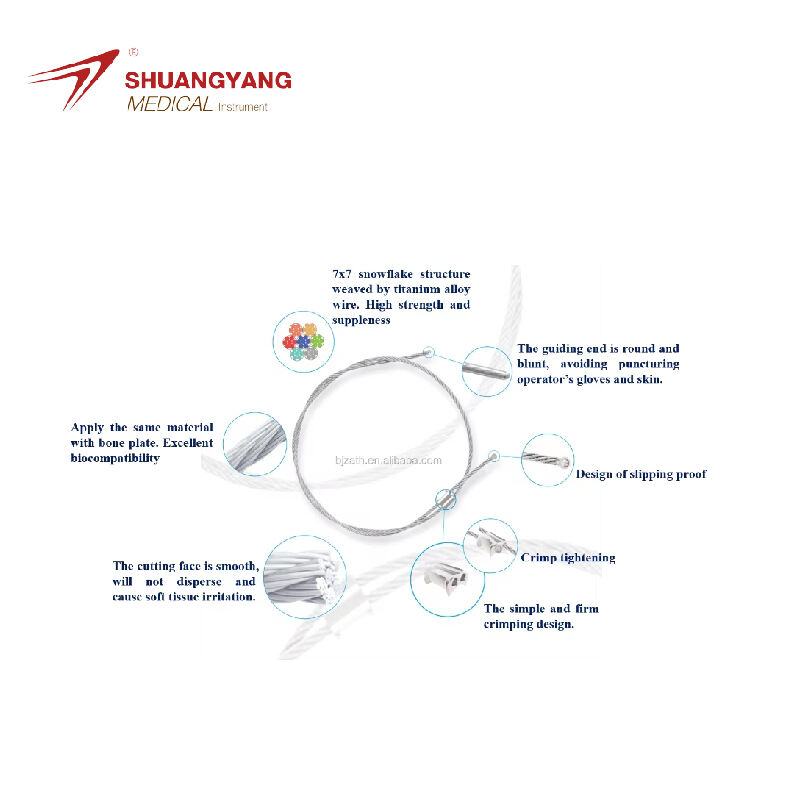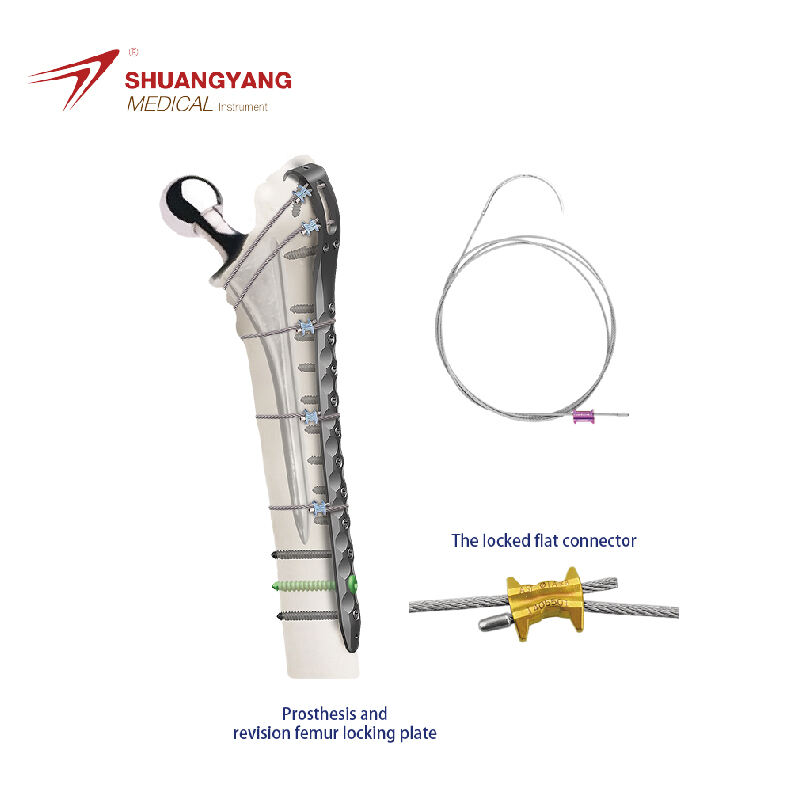distal radius volar plate
The distal radius volar plate is a critical component in orthopedic surgery, designed to stabilize the wrist after injuries such as fractures. Its main function is to repair and support the distal radius, the part of the radius bone nearest the wrist, by holding the fragments together during healing. Technologically advanced, the plate is typically made from biocompatible materials that resist corrosion and allow for integration with the body's natural bone. It features low-profile screws that minimize soft tissue irritation and promote faster recovery. The applications of the distal radius volar plate are widespread, from sports-related injuries to osteoporosis-induced fractures, ensuring individuals can return to their daily activities with reduced risk of re-injury and improved wrist function.


